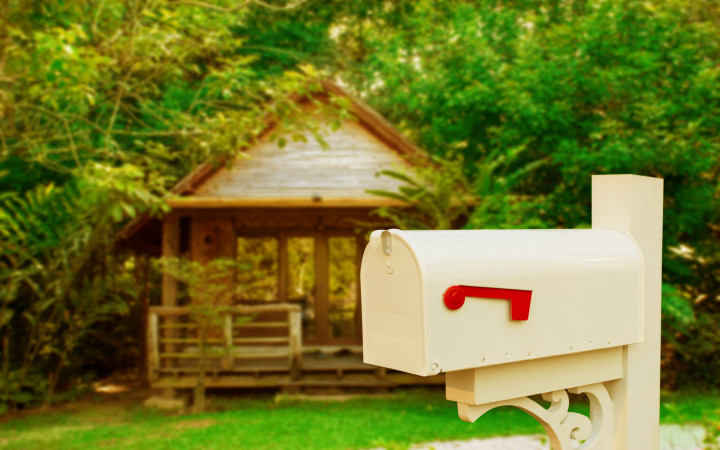Today’s Wonder of the Day was inspired by TJ. TJ Wonders, “Why do we need zip codes” Thanks for WONDERing with us, TJ!
Have you ever received a letter in the mail? If you have, you know there’s quite a bit of writing on the envelope. You probably recognize many of the words! There’s your name and the street you live on. Underneath, you’ll see the city and state you live in. But wait, what’s that after your state? Do you see those numbers? That’s your ZIP code!
Have you ever WONDERed what ZIP codes mean? They look like random numbers! However, people who sort and deliver mail know exactly what ZIP codes mean. Every number in your ZIP code helps mail carriers get your mail to your home or post office box.
In 2018, United States Postal Service (USPS) shipped over 146 billion pieces of mail. Can you imagine trying to figure out where all those letters, magazines, and packages need to go? For a long time, mail clerks needed to know a lot about geography. They needed to recognize the names of every small town and hidden road to send mail in the correct direction. USPS employees quickly became geography experts.
During World War II, many USPS employees joined the military. USPS hired new workers, but those people didn’t have the knowledge necessary to sort and deliver mail quickly. As a result, mail delivery slowed. Letters and packages took much longer to reach their destinations during the war. Some were even lost and never delivered! USPS never wanted this to happen again. It needed an easier way for its employees to know where to send mail.
A postal inspector named Robert Moon had a solution. He designed a system of numbers that could help mail clerks know the destination of any piece of mail. Moon proposed writing three numbers at the end of each address. The first number identified a region of the United States. It started on the East Coast with “0” and ended on the West Coast with “9.” Inside each region, clerks could use the next two numbers to identify which city to send the mail to. Moon presented his idea to the USPS.
The USPS took Moon’s plan and made a few changes. It added two more numbers to give a more exact location within each city. With five numbers total, the USPS thought their new system would help mail travel quicker. They named it the Zoning Improvement Plan (ZIP) code and began using it in 1963.
At first, Americans didn’t like the ZIP code. To change this, USPS created a cartoon character named Mr. Zip. Commercials featuring Mr. Zip appeared on TV and encouraged citizens to use a ZIP code on their mail. By 1969, 83% of Americans used ZIP codes. Today, the USPS requires ZIP codes on all mail.
The ZIP code greatly improved the way USPS delivers mail. It’s come a long way, but new developments can always improve mail delivery. Do you have any ideas for improving the mail system?
Standards: ELA.RH.6-8.2, ELA.RH.6-8.10, CCRA.R.1, CCRA.R.3, CCRA.W.2, CCRA.SL.1.C, CCRA.SL.2,




